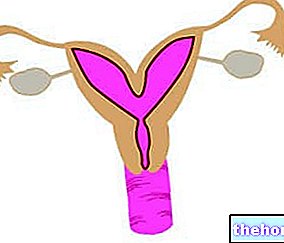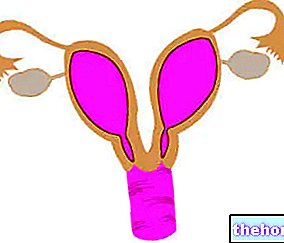Generality
Breast ultrasound is a diagnostic imaging test that allows for the anatomical and structural study of the breast.

With breast ultrasound it is possible to identify breast cysts, ie formations of a benign nature, often with a liquid or mixed content, and fibroadenomas. This investigation also allows to diagnose the presence of inflamed tissues (as in the case of mastitis or abscesses. ) and is important in the early detection of more serious lesions, such as malignant tumors.Breast ultrasound also allows you to view any changes in the lymph nodes of the axillary cables.
In most cases, breast ultrasound is not an alternative to mammography and the two tests are considered complementary. In breast diagnostics, the ultrasound examination is more suitable for evaluating dense breast tissues (in which the glandular component is prevalent) of young women, which are not always clearly visible on mammography X-rays.
What is that?
Breast ultrasound is an examination that uses the action of ultrasounds (low frequency and high intensity sound waves, falling within the band not audible to the human ear, harmless to the body and its tissues) to study the parenchyma of the mammary gland and its pathological changes.
The ultrasounds are generated by the vibration of piezoelectric crystals contained in the ultrasound probes and, according to a principle similar to the echo phenomenon, are reflected by the breast tissues, generating a series of reflected waves. The latter are recorded by the ultrasound probe and are decoded. from the central unit of the instrumental apparatus, which transforms the acquired information into two-dimensional images visible on the monitor.
Ultrasound thus allows to visualize the breast areas in which the density is different from that of normal tissue, identifying areas of opacity and nodular formations of benign or malignant significance, and allowing to distinguish between lesions with liquid content and solid ones.
Ultrasound is an important test for the diagnosis of breast cancer, especially useful to complement mammography in younger women, who have dense breasts in which the glandular component is prevalent. In fact, in more compact breasts, the sensitivity of mammography (therefore the ability to identify a tumor) is reduced and ultrasound allows to improve it, offering more information.




























